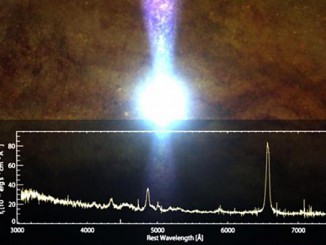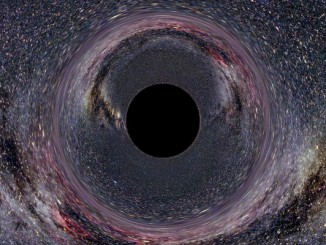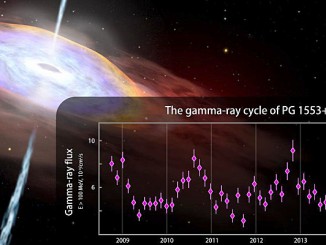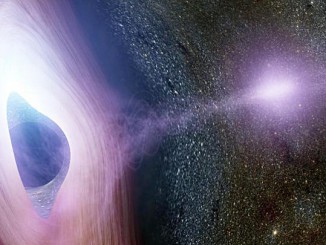
LIGO’s twin black holes might have been born inside a single star
On 14 September 2015, the Laser Interferometer Gravitational-wave Observatory (LIGO) detected gravitational waves from the merger of two black holes 29 and 36 times the mass of the Sun. New research suggests that the two black holes might have resided inside a single, massive star whose death generated a gamma-ray burst detected by the Fermi Space Telescope.









